By Vanessa Salvia
In extreme cases, piering or jacking must be done to stabilize a foundation.
A cracked foundation on a home or other structure is a building owner’s nightmare. It’s also not so pleasant for the waterproofing contractor either, because fixing a foundation problem can be complicated. The reason for the cracks must be determined. There are different repair methods based on whether the cracks affect the structural integrity or not. There are also different considerations based on whether water is actively intruding through the cracks or not. Regardless of the answer to all those issues, it’s in a building owner’s best interests to get cracks in a foundation repaired quickly and effectively.
Patrick Nevison is an engineer with Safe Basements in Minnesota. He says cracks can be a sign of movement of the foundation. “Excessive movement can lead to damage to the foundation reducing its ability to support the rest of the structure and may also cause water to leak into the basement,” Nevison says.
Causes of Concrete Cracks
Concrete cracks over time due to a few different causes. It can crack from settling, ground movement, or from moisture getting into tiny holes. Any freeze-thaw process can make those tiny holes bigger over time, which just increases the freeze-thaw damage. If there is a high water table or sufficiently high hydrostatic pressure from the soil around the foundation, it can cause moisture intrusion through cracks in the foundation.
Nevison says other common causes of cracks are from differential settlement of the footings, or shrinkage cracks from when concrete cures. “Typically, settlement issues cause vertical and stair step cracks through foundation walls, lateral earth pressure will cause the walls to push in, causing horizontal cracks along the wall and shrinkage cracks are very small cracks in poured concrete walls,” he says.
In extreme cases, piering or jacking must be done to stabilize a foundation. For settlement issues, Nevison says SafeBase push piers or helical piers can be installed to prevent future settlement and lift the structure back into place, closing existing cracks. “SafeBase wall anchors can be used to pull bowing walls back to plumb, closing existing cracks as well,” Nevison says.
Epoxy and Polyurethane
Sealing and repairing cracks in a basement foundation helps prevent water leaks, helps keep soil gasses such as radon from entering (although radon can enter through means other than cracks), and keep the basement, crawlspace, and living area of the home healthier with better air quality. There are two main components of foundation crack repair and those are epoxy and polyurethane foams. The concept is to use a tool similar to a caulk gun to inject the material into the crack. The foam goes in as a liquid and then expands and hardens to fill the crack. There are different viscosities of material based on the size of the crack to be filled.
The size of the crack makes a difference in the type of material to use. Non-structural cracks can be sealed with a polyurethane foam that will bond the crack back together. It doesn’t reinforce the concrete. Epoxies, on the other hand, are used for structural reinforcements. The material can be injected through high-pressure means or low-pressure means. Emecole recommends low pressure injections for concrete foundations because high pressure tends to be more costly and requires large equipment. [Editor’s Note: See this prior Waterproof! Magazine article for more info on epoxy and polyurethane foam: https://www.waterproofmag.com/2010/04/epoxy-or-polyurethane-foam]
Carbon Fiber
Emecole Metro recently announced a new product, Titan Structural Reinforcement, their own carbon fiber strengthening system for bowed and cracked concrete walls. This carbon fiber strengthening system is 10 times stronger than steel and five times stronger than alternative labor-intensive carbon fiber installations. Marge Kaminski is Emecole Metro’s sales manager. She says it is sold as a six-strap kit, used to reinforce block walls that are bowing. “Carbon fiber can be used perpendicular to a crack, whether it’s a grid stitch or a staple, or a length of the strip can be cut, to reinforce the crack to keep it from ever opening back up,” Kaminski says. “When used in conjunction with an injection, you’re typically injecting an epoxy or polyurethane into the wall, and then you would place the carbon fiber perpendicular across the crack.”
Kaminski says 90 to 95% of the time, a crack repair is done with polyurethane. Epoxy is injected 5 to 10% of the time. “Carbon fiber should not be used with polyurethane, because its flexibility will create a pivot point for the wall to move,” Kaminski says. “Carbon fiber should only be used with epoxy injection. This will help reinforce the concrete if the wall is still moving.” Carbon fiber is typically not useful on a bow that is more than two inches, which can happen from outside pressure from soil, a weak mortar joint, or building a garage or a patio over an area of the foundation that is already weak for some reason.
How do you know when carbon fiber is needed or when a crack injection can be used? Nevison says SafeBase carbon fiber straps are commonly installed to prevent further inward displacement of bowing walls. “Crack injection is commonly used on poured walls to prevent cracks from leaking water into the basement,” Nevison says. “The crack can then also be stitched together using carbon fiber staples, and/or sealed with a carbon fiber strap, preventing the crack from opening back up.”
Carbon Fiber Staples
Carbon fiber products can be in the form of sheets or staples. If the crack is repaired, it can still re-open as time goes on, especially if there is something like ongoing soil movement that affects the foundation. A carbon fiber staple can help prevent additional cracks from forming around an original crack that has been repaired. Staples work because they are placed across a crack and absorb the force that is pushing the walls apart. Also called stitches, or locks, staples can be used for pool repair, decks, or any other poured concrete structure. These are installed by making a single cut across the crack and drilling two holes at the ends of the cuts. Then the crack is filled with anchoring epoxy and the staple is inserted to bond both sides of the crack together.
To strengthen a crack, the fiber filaments should run from side to side across the primary direction of the crack. A bidirectional weave strengthens in both directions, and is a good choice for crack repair where the stress condition is not clear.
SafeBase carbon fiber staples are a new product offered by SafeBasements. “The SafeBase carbon fiber staples are composed of two layers of 12K bidirectional mesh infused with epoxy,” says Nevison. “The precured composite is then installed into a cut made into concrete and adhered with epoxy. The staples are designed to reinforce concrete across existing cracks to prevent further movement. SafeBasements also has 8-, 12- and 24-inch carbon fiber straps as well as polyurethane crack injection materials.”
Residential vs. Commercial Use
Carbon fiber is being adopted more, but it is still a relatively new technique, says Phil Emery, marketing director of AGT Products. Using carbon fiber is more common among residential repairs. “Within the commercial space, it becomes more complicated because each project is unique and requires the support of engineers to develop custom plans to properly address the repair,” Emery says.
In a residential setting, a foundation can be repaired by using steel beams, tie backs, and other methods which will take up space in the home and can also be very disruptive by requiring excavation around the home and torn up landscaping. “Carbon fiber is a much better choice because it is a fabric that is applied directly onto the concrete,” he says. “It’s not intrusive and it doesn’t take up space.”
Spring 2023 Back Issue
Price range: $4.95 through $5.95
Crack Repair For Foundations
Waterproofing in High Humidity
Drainage Boards and Footing Drains
Residential Basement Waterproofing
Case Study 1: The Hyatt House Miami
Case Study 2: Bowed Block Wall Repair
Case Study 3: Miami’s Brickell View Terrace Apartments
Description
Description
Crack Repair For Foundations
By Vanessa Salvia
Different repair methods are used based on whether
the cracks affect the structural integrity or not.
Waterproofing in High Humidity
By Vanessa Salvia
High humidity does affect some aspects of waterproofing, and here’s what you have to keep in mind.
Drainage Boards and Footing Drains
By Vanessa Salvia
Water seepage into a building’s foundation is one of the biggest threats to structural integrity.
Residential Basement Waterproofing
By Holly Richards-Purpura
Addressing a nasty crawl space and a damp, leaking basement before selling a home.
Case Study 1: The Hyatt House Miami
The Hyatt House Miami Airport Hotel in South Miami, Florida, required more than 30,000 square feet of Polystick XFR roof underlayment.
Case Study 2: Bowed Block Wall Repair
A contractor from EcoSpect used Rhino Carbon Fiber’s Bowed Wall Repair Kits to reinforce a CMU basement wall.
Case Study 3:
Miami’s Brickell View Terrace Apartments
M3 Roofing complete a 6,000-square-foot re-roof project using a self-adhered, multi-ply roofing system from Polyglass.
Additional Info
Additional information
| Weight | N/A |
|---|---|
| Magazine Format | Digital Download Magazine, Print Mailed Magazine |

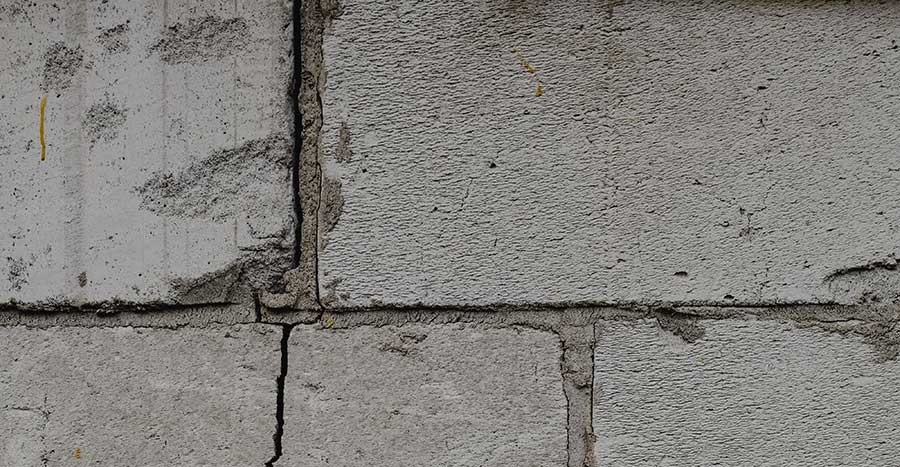
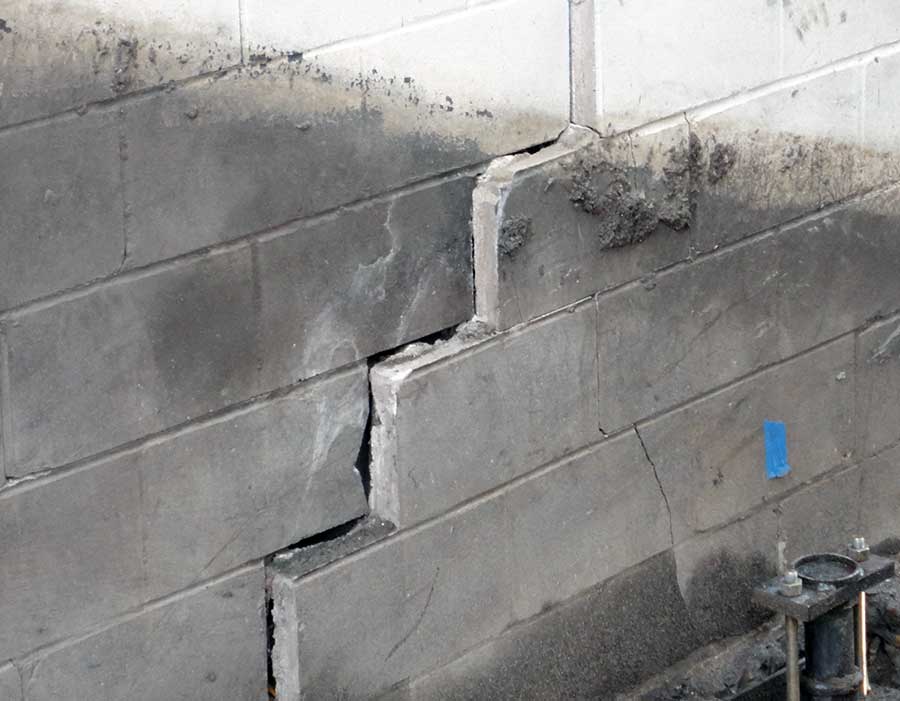
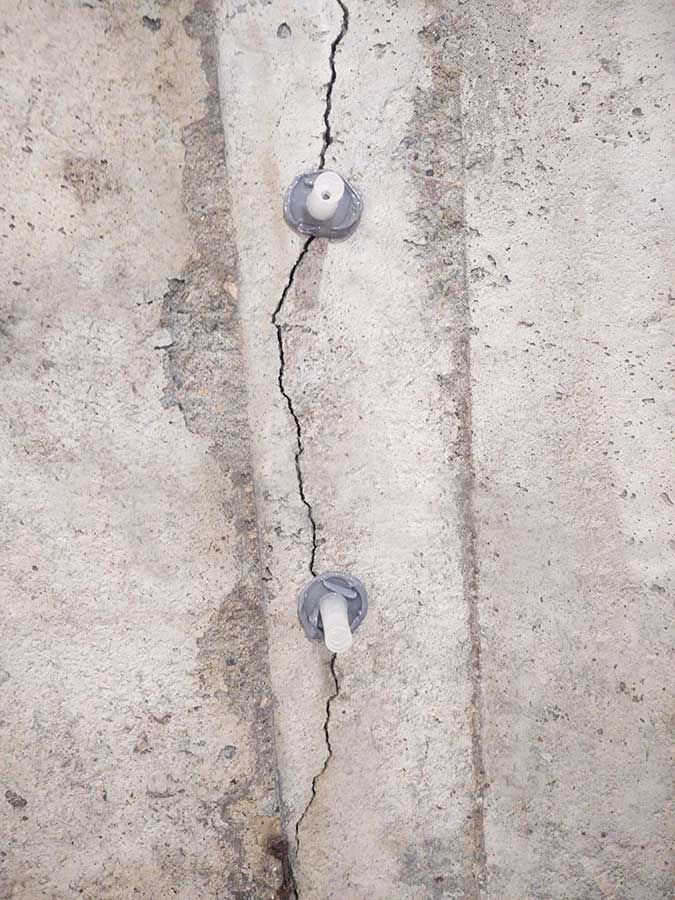
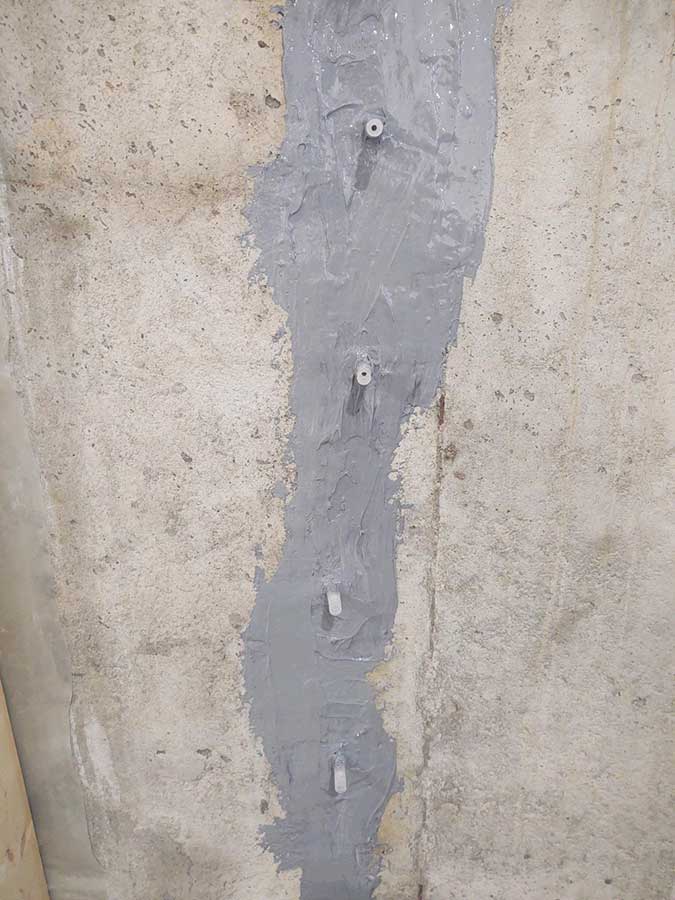
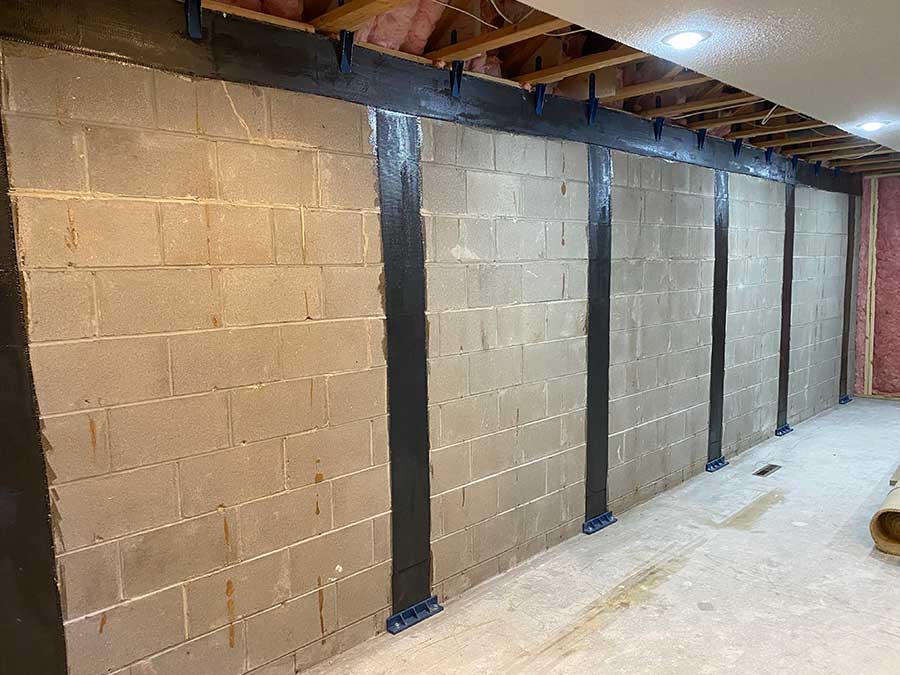
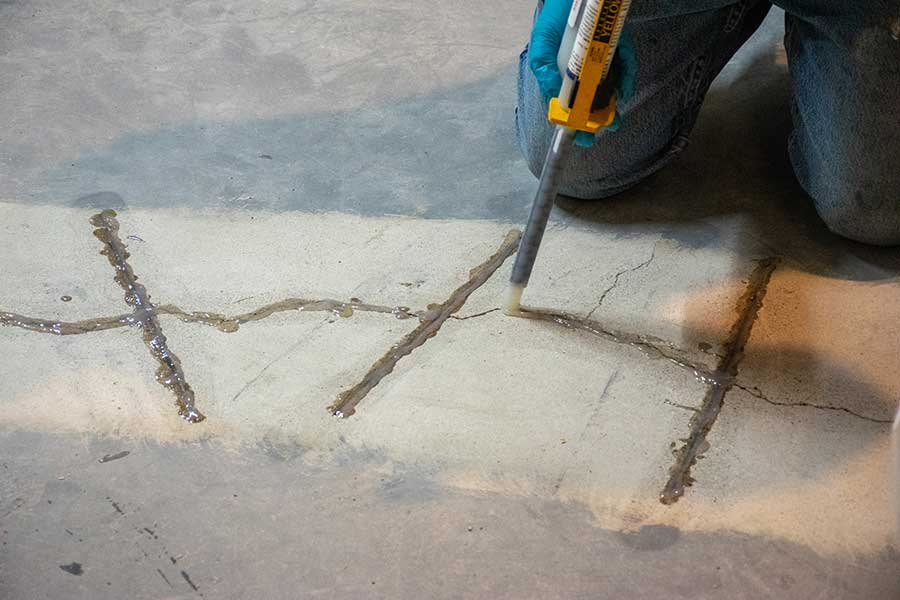
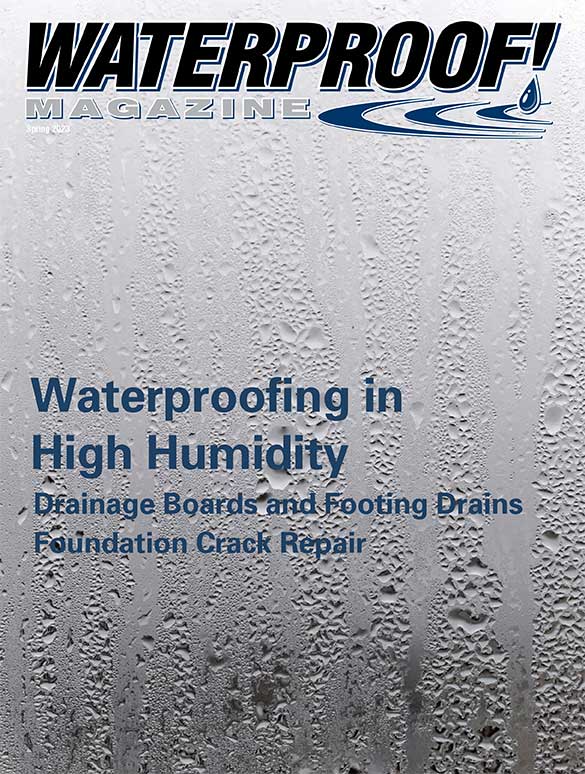


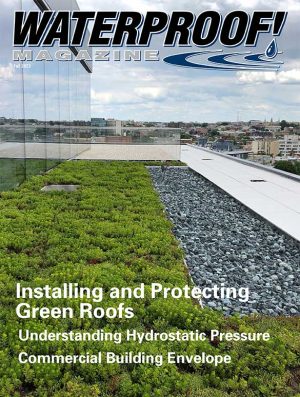

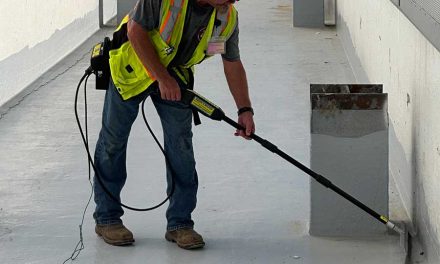
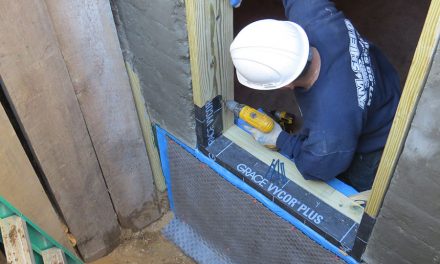
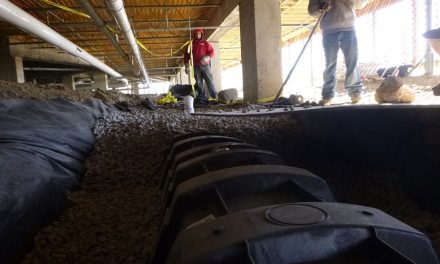
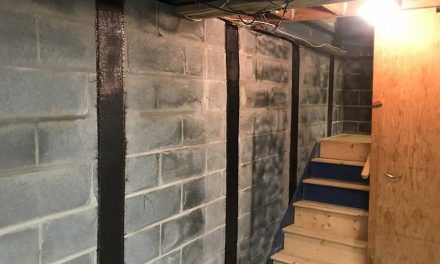








I live in Pa. Where can I buy this at or is there a company that does it that you can refer me to? THANKS